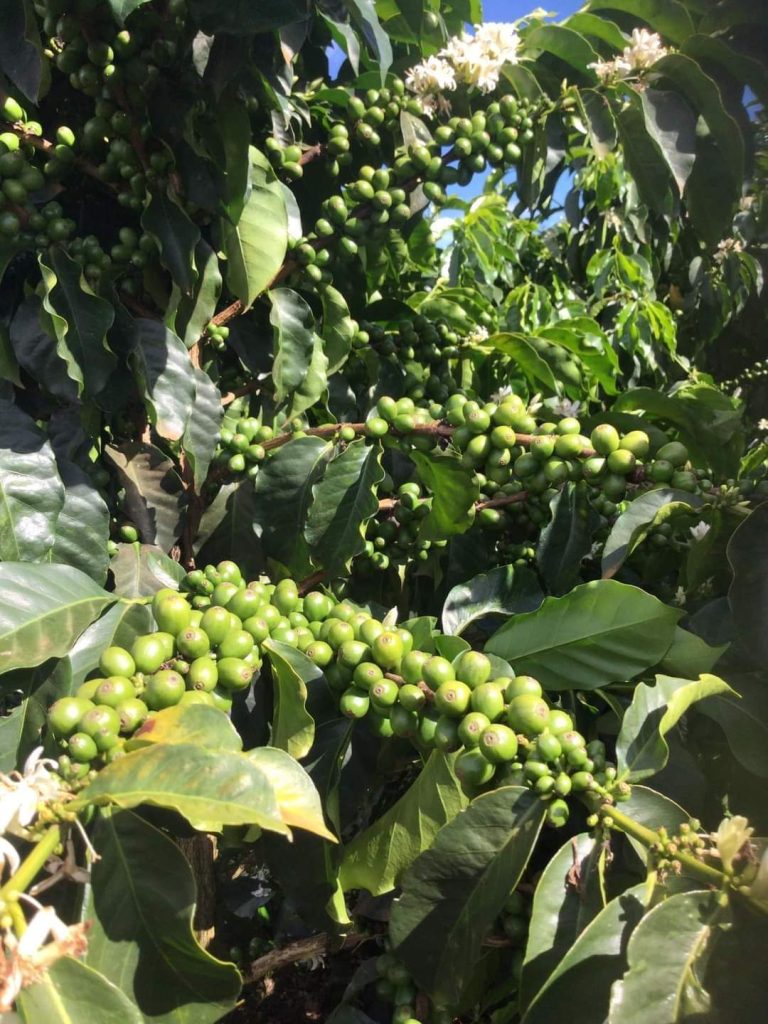 Sustainable livelihoods is defined as the ability of the users to cope with and respond to the stresses and shocks related to fluctuations in the Nature’s contribution to people that adversely impact their material, relational and subjective dimensions of life and create vulnerabilities, develop their capabilities to strengthen access and entitlements to the variety of livelihood resources, without unnecessarily undermining the natural resource base (the wild species and its natural environment), so as to achieve a desirable standard of living that befits them as humans and also approved by the measures of well being and human development.
Sustainable livelihoods is defined as the ability of the users to cope with and respond to the stresses and shocks related to fluctuations in the Nature’s contribution to people that adversely impact their material, relational and subjective dimensions of life and create vulnerabilities, develop their capabilities to strengthen access and entitlements to the variety of livelihood resources, without unnecessarily undermining the natural resource base (the wild species and its natural environment), so as to achieve a desirable standard of living that befits them as humans and also approved by the measures of well being and human development.
We focus on three main types of strategies, which can be combined in multiple ways: Natural resource based: The majority of rural dwellers will plan on ways to make a living, based directly on the natural resources around them e.g. subsistence farmers, fishers, hunter/gatherers, plantation managers.
The key components of the Sustainable Livelihoods Theory include resources, capabilities, agency, equity, and environmental sustainability. The key components of the Sustainable Livelihoods Theory are livelihood assets, institutions, strategies, and outcomes

